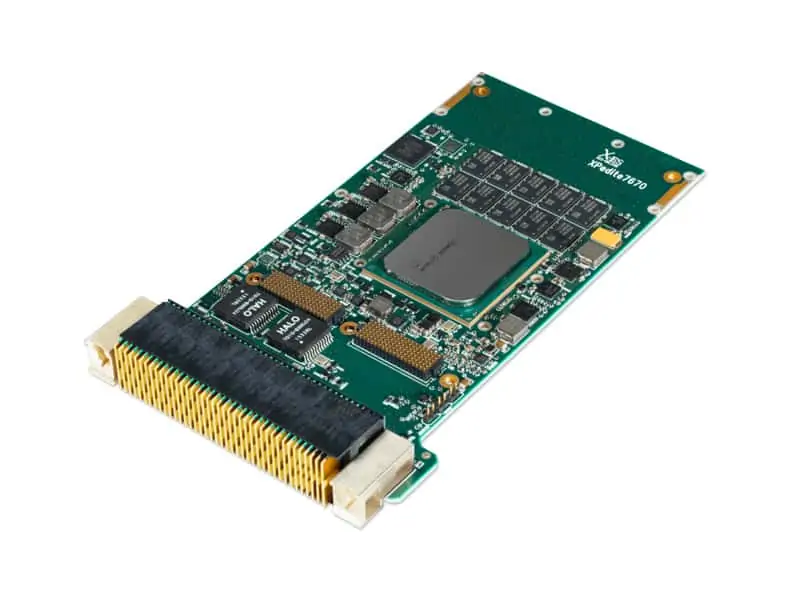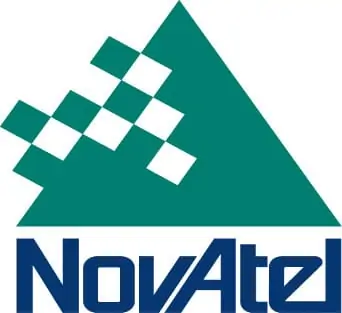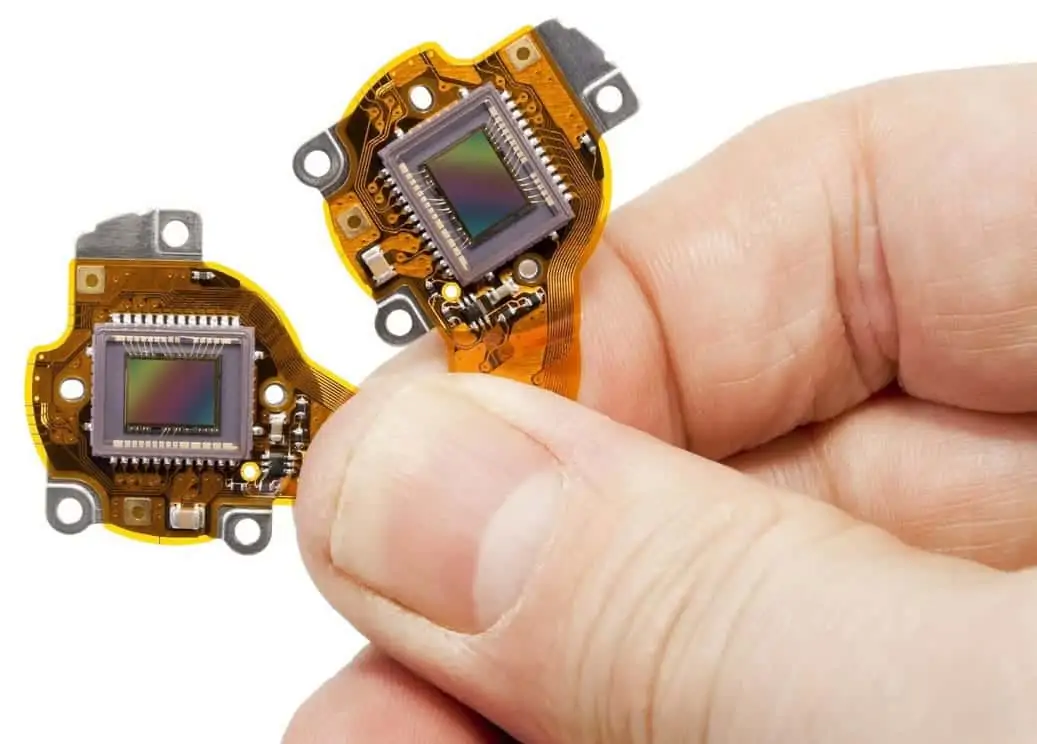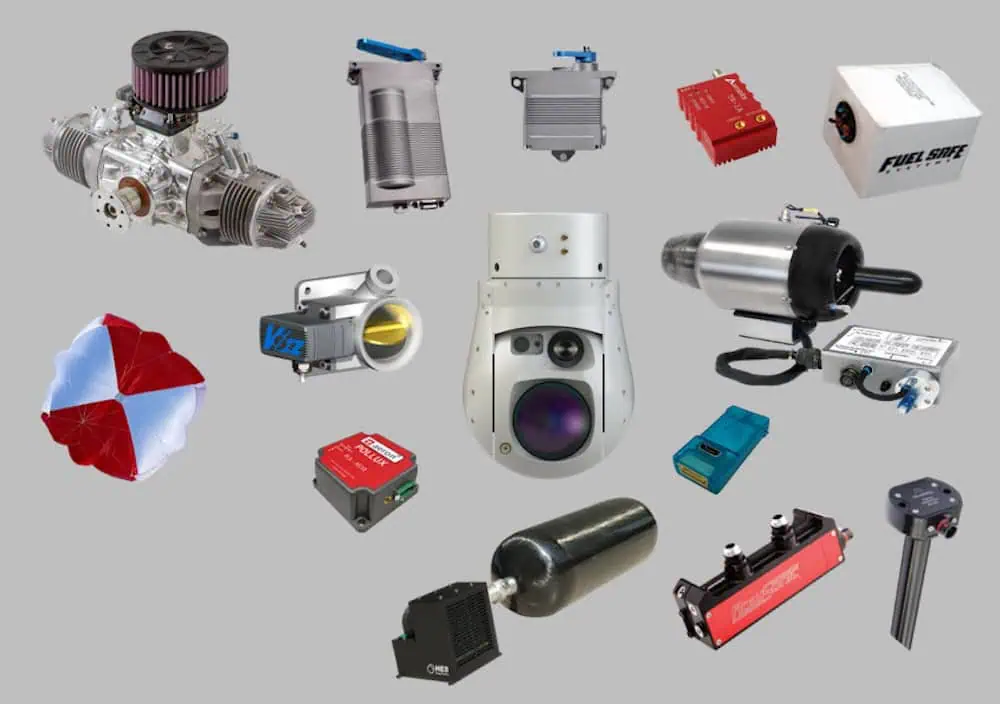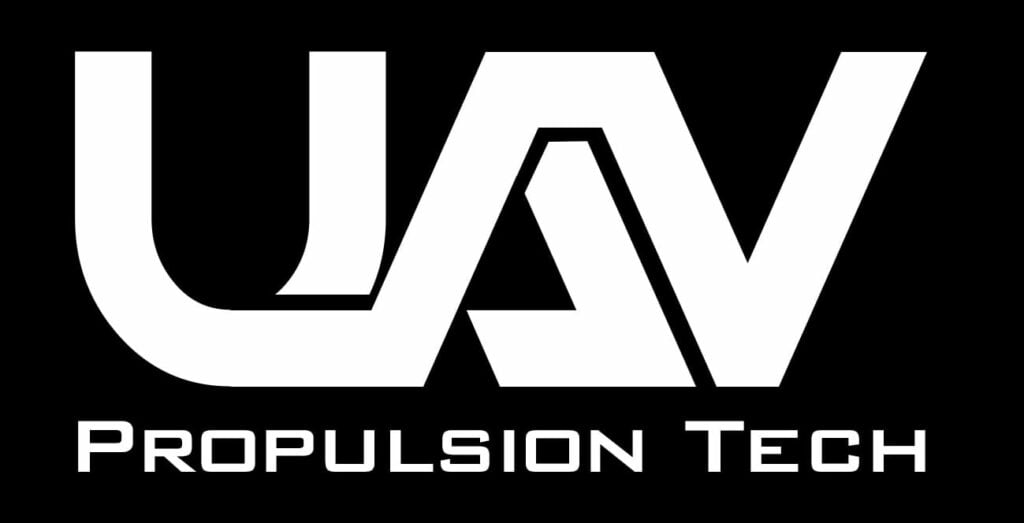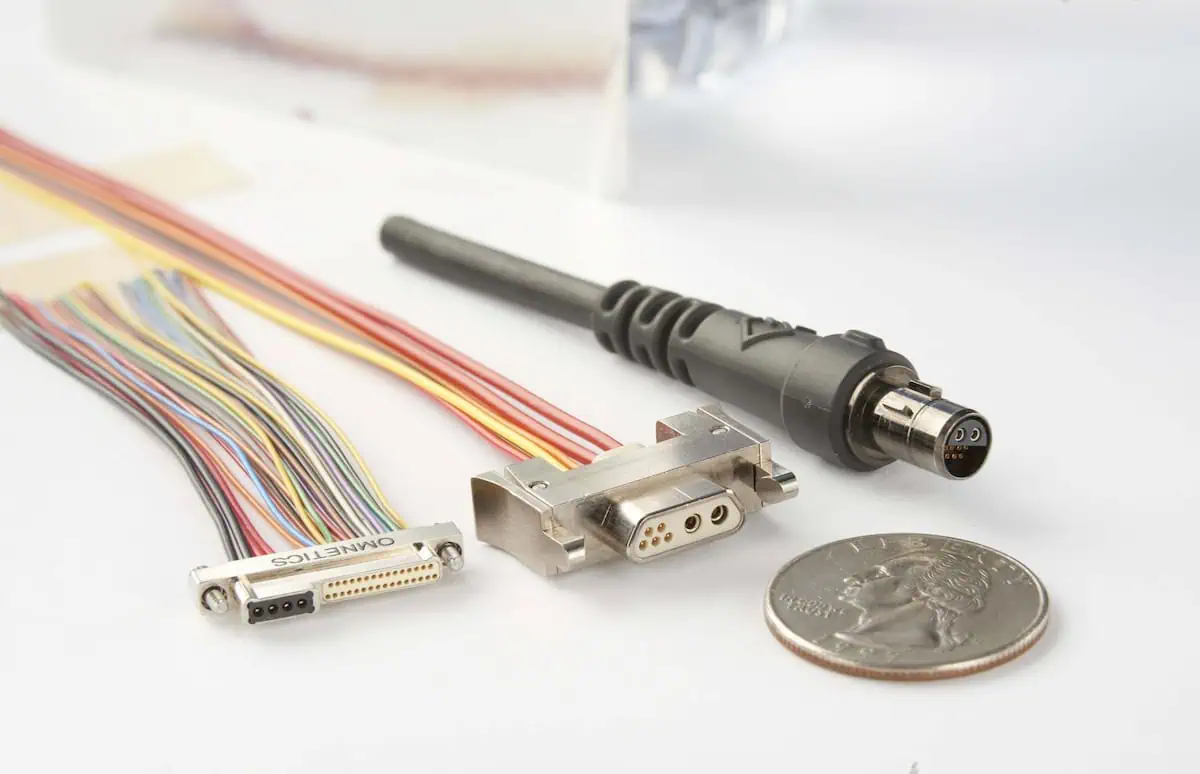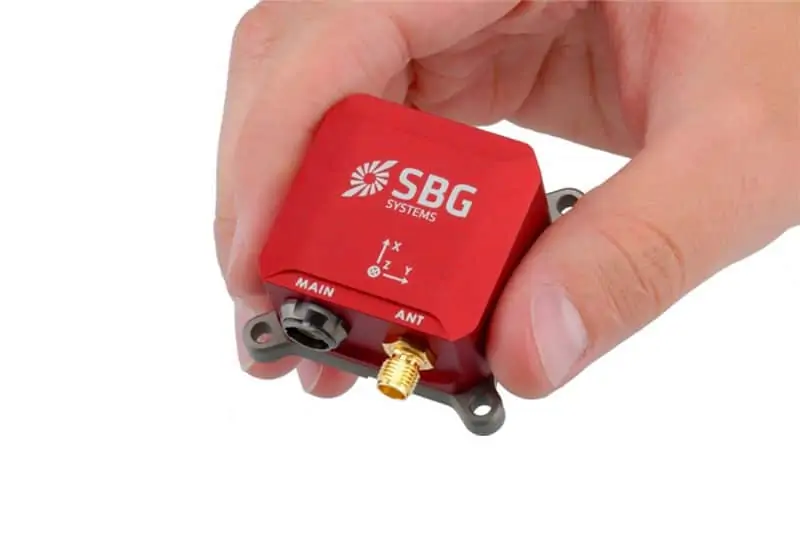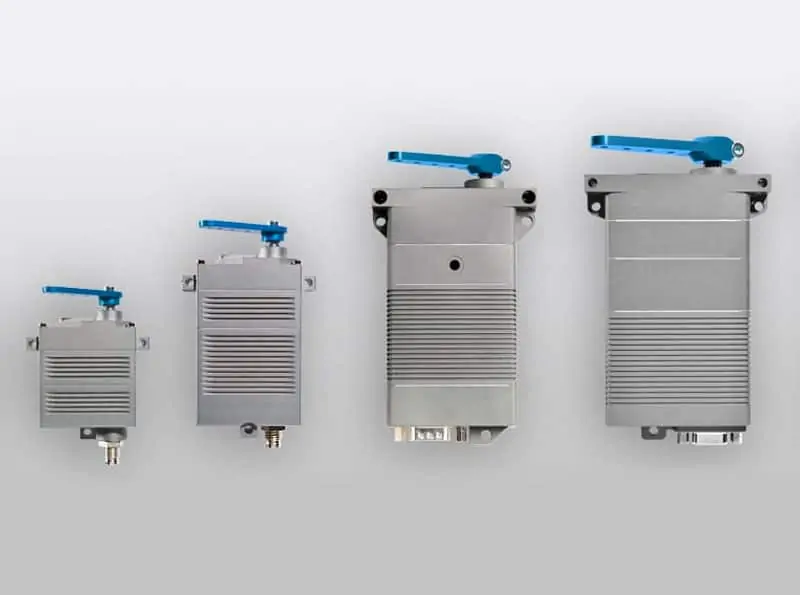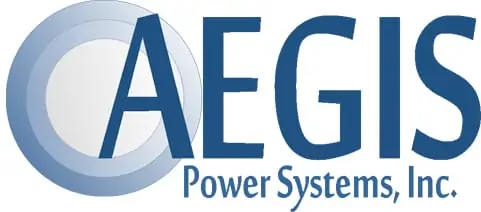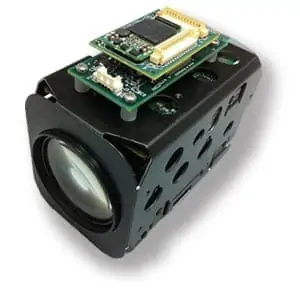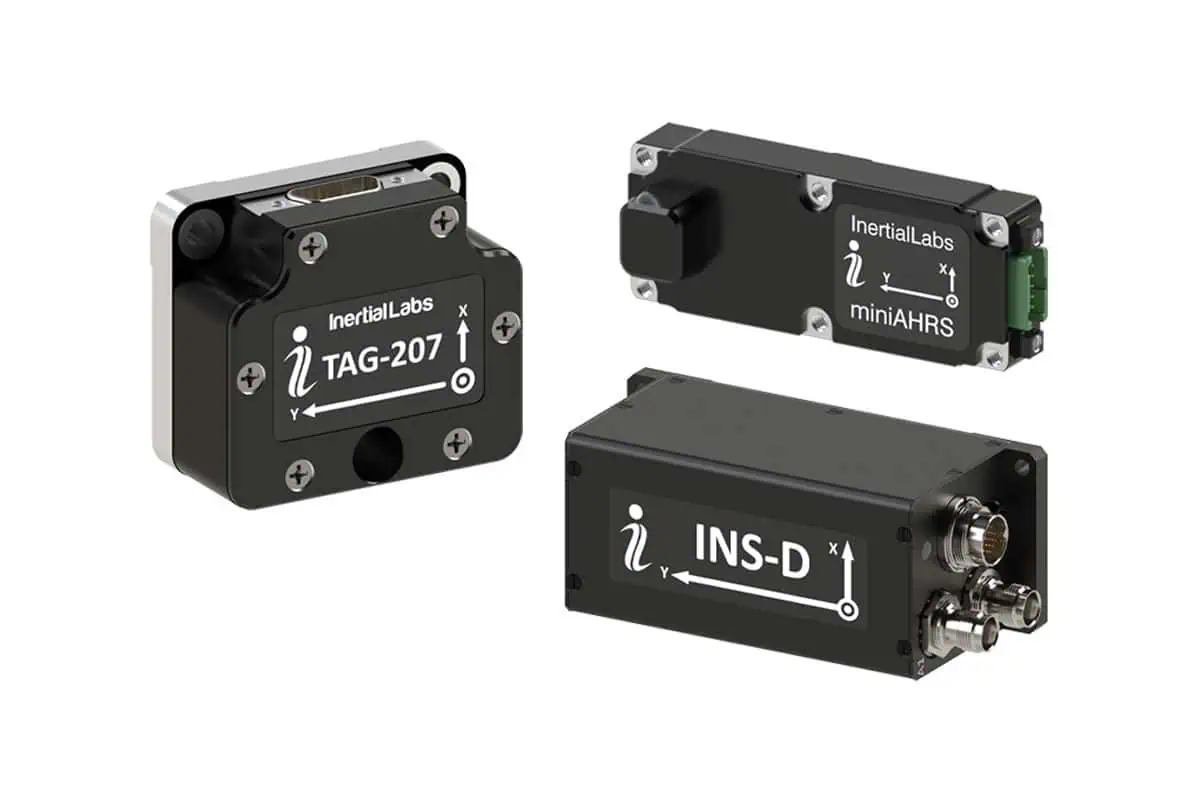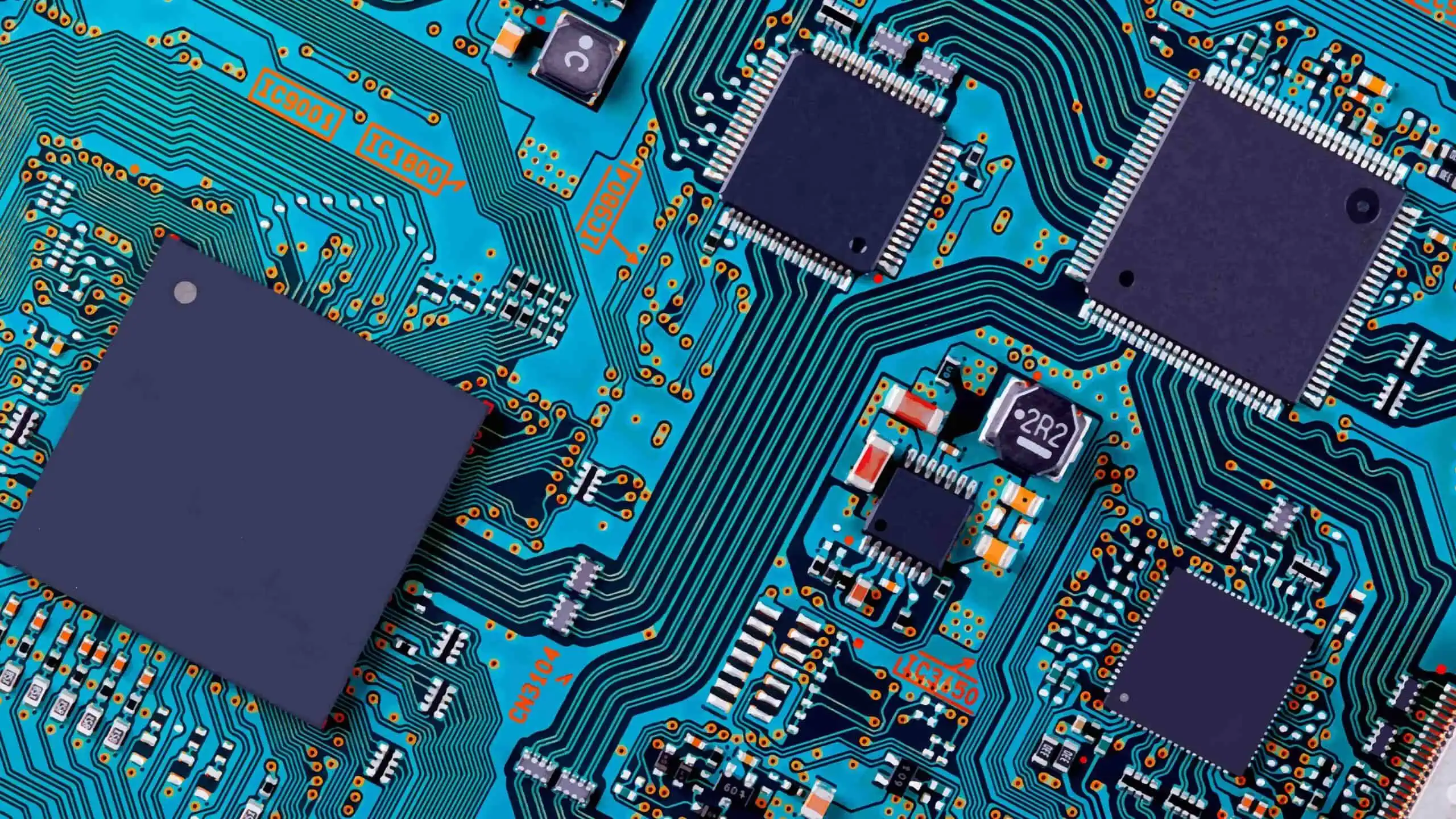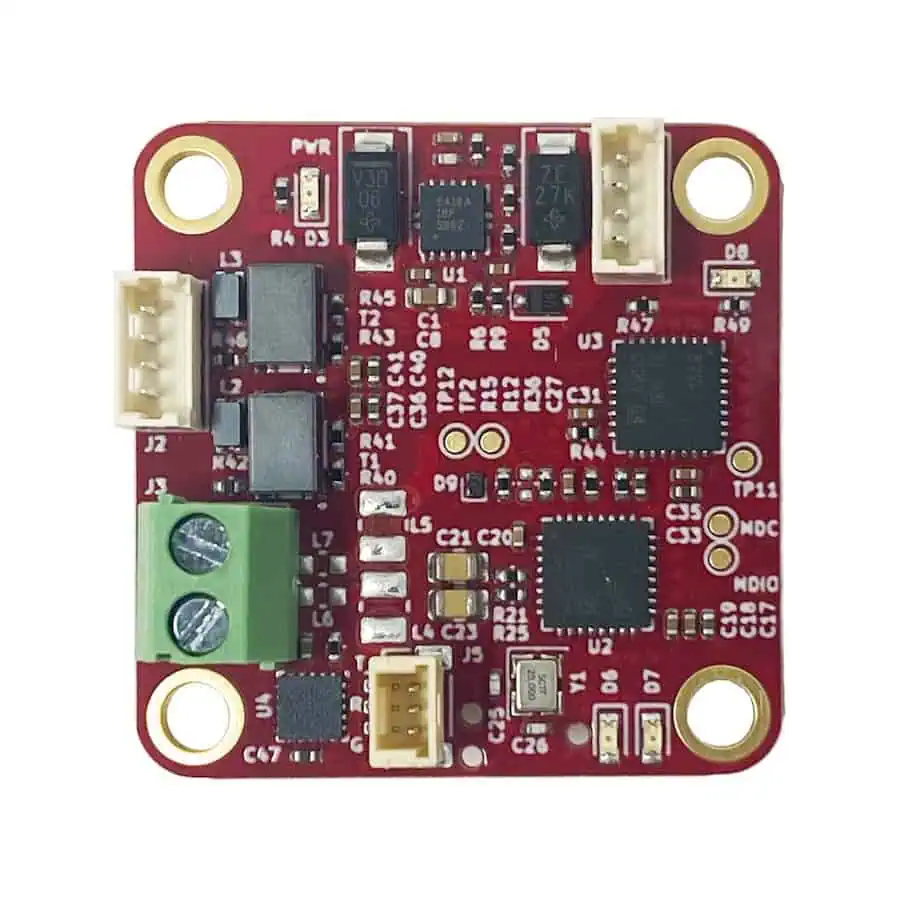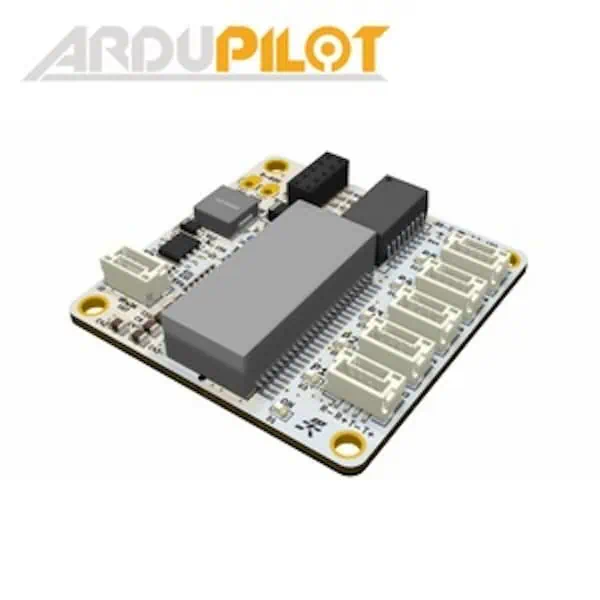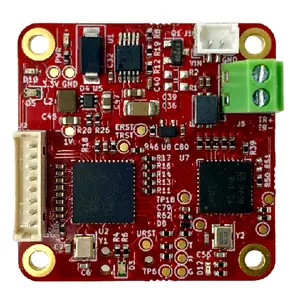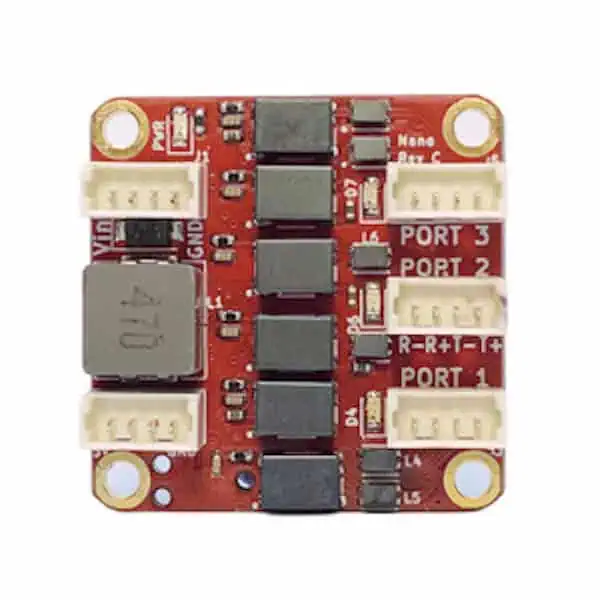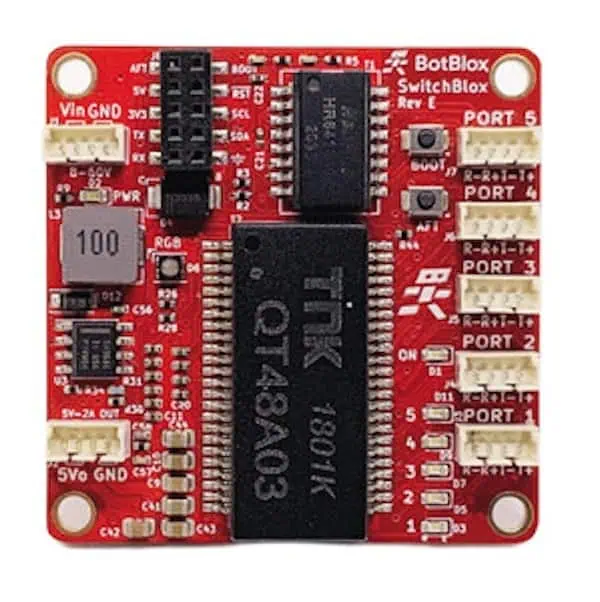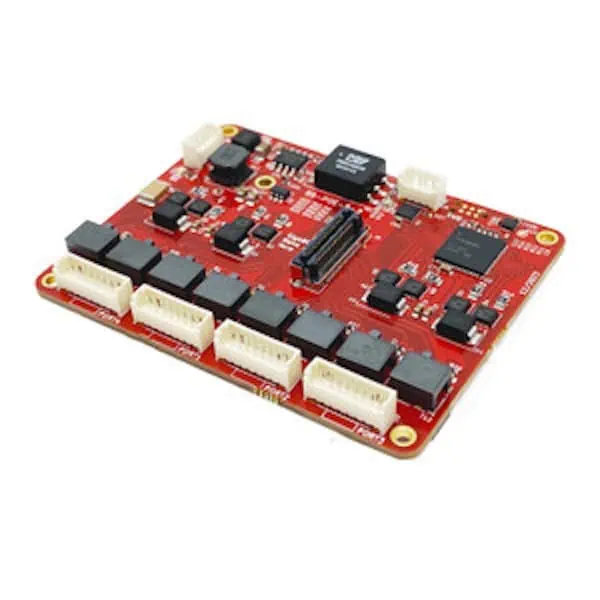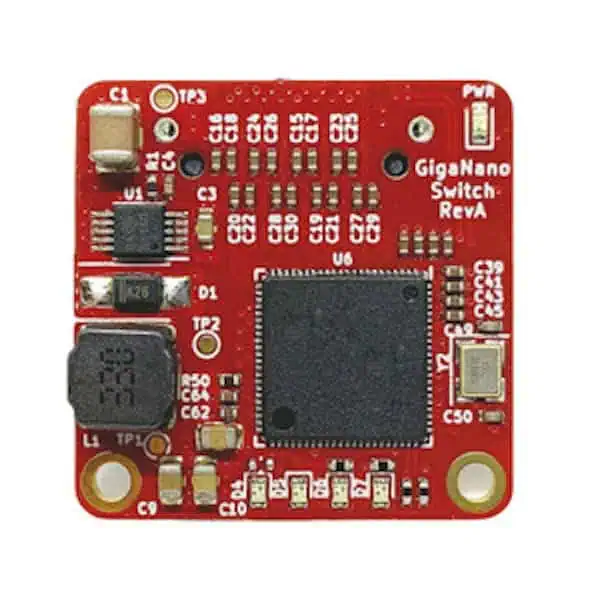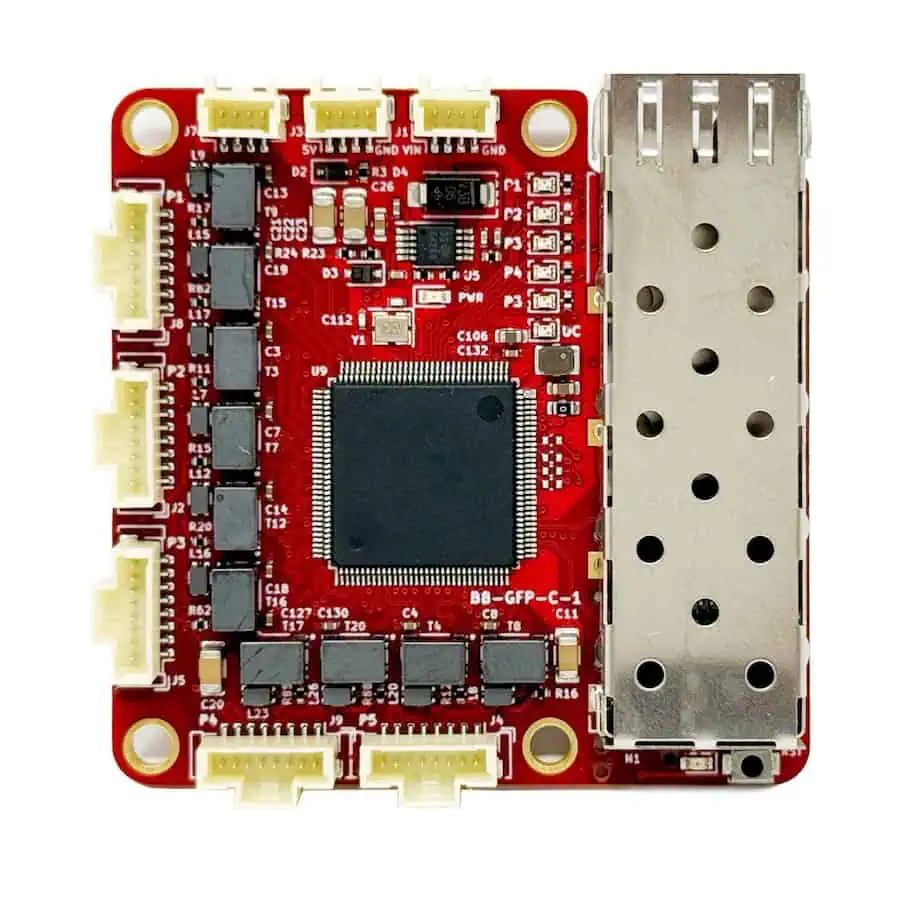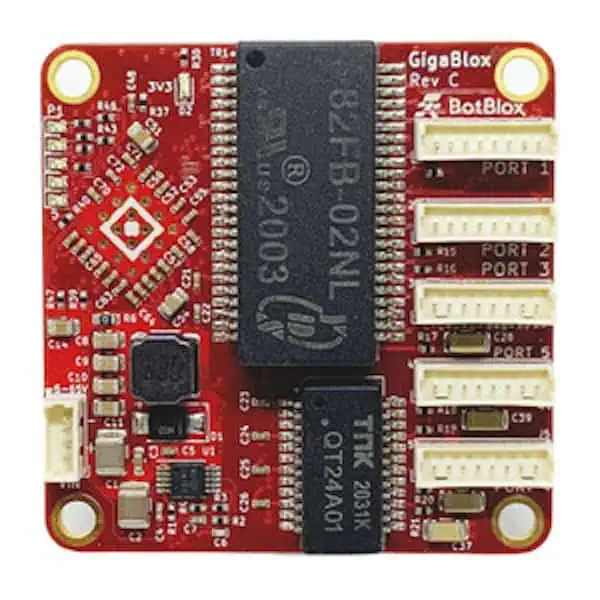
Remotion, a norwegian robotics firm focused on ship hull maintenance, has integrated BotBlox’s GigaBlox small GigaBit switch into its cutting-edge Magnetic Remote Operated Vehicles. Discover more >>
These Magnetic Remote Operated Vehicles from Remotion excel in challenging splash zones and can easily endure tough hydrodynamic conditions. They are designed for direct deployment on FPSO (Floating Production Storage and Offloading) units or platforms,eliminating the need for additional support vessels.
Capable of operating in wave heights of up to 4.5 meters, these robots facilitate detailed visual inspections with high-definition imaging, habitat installations, surface treatments, non-destructive testing, and light construction activities.
Challenges Encountered by Remotion
Remotion’s existing carrier robot, Helios, is quite large, measuring approximately 1×1 meter and weighing 270 kg. Acknowledging the necessity for a more compact robot to manage lighter tasks, the company initiated the development of a new model named Proteus.
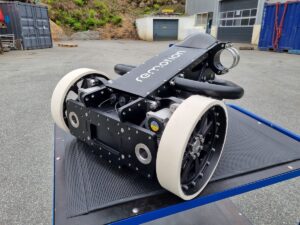
The electronics module had to be exceptionally compact, making it crucial to find a small switch to act as the system’s core component.
The Role of BotBlox
Thanks to the GigaBlox small GigaBit switch,remotion’s engineers were able to integrate all necessary components into a single enclosure. This switch also proved to be more economical compared to previous options.
The compact design envisioned by the engineers would not have been achievable with earlier components. Remotion is targeting a 2024 launch for Proteus, leveraging the benefits provided by the GigaBlox solution.
Furthermore,the company intends to incorporate GigaBlox into the Helios system to enhance a new camera system,citing similar advantages of compactness,affordability,and ease of integration as with Proteus.
Additionally, the GigaBlox has demonstrated extraordinary reliability, with no reported failures, reinforcing its importance in Remotion’s upcoming robotics initiatives.
Read the original article >>

